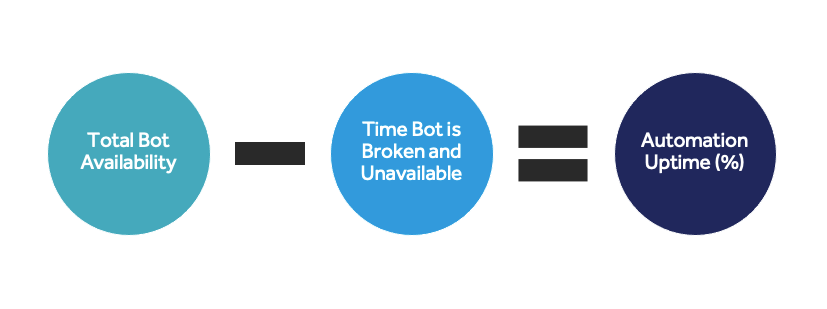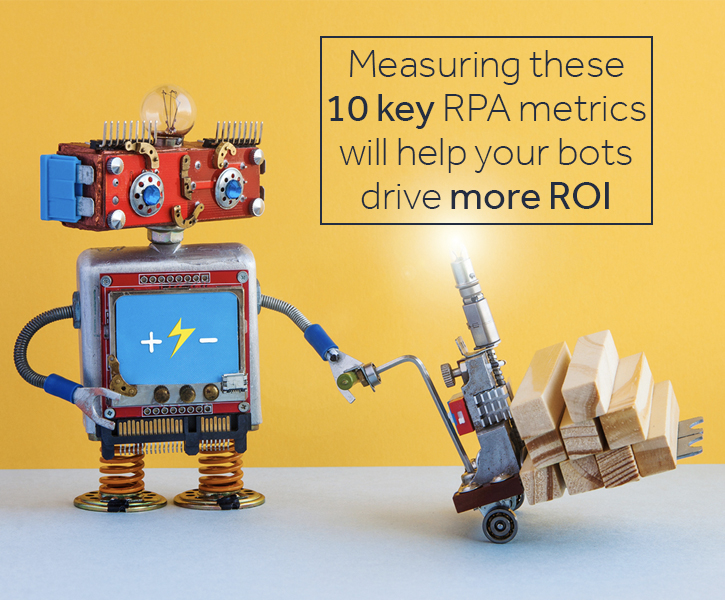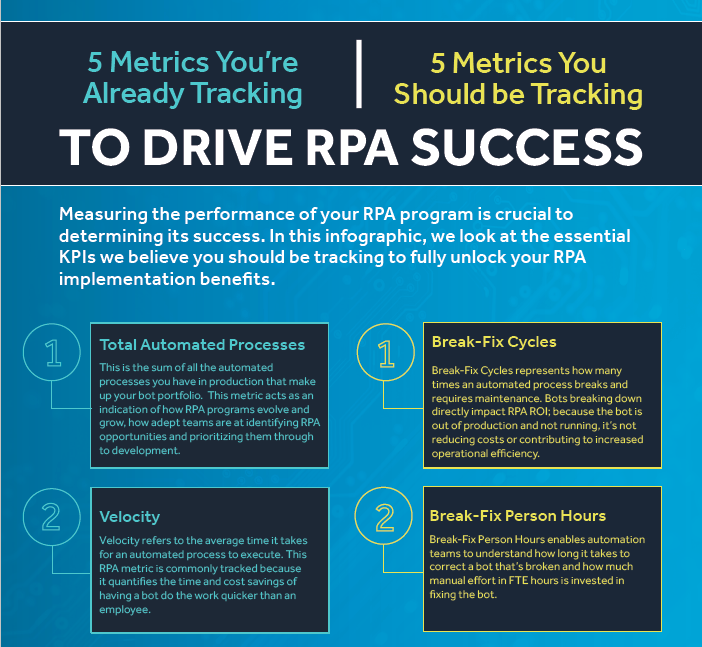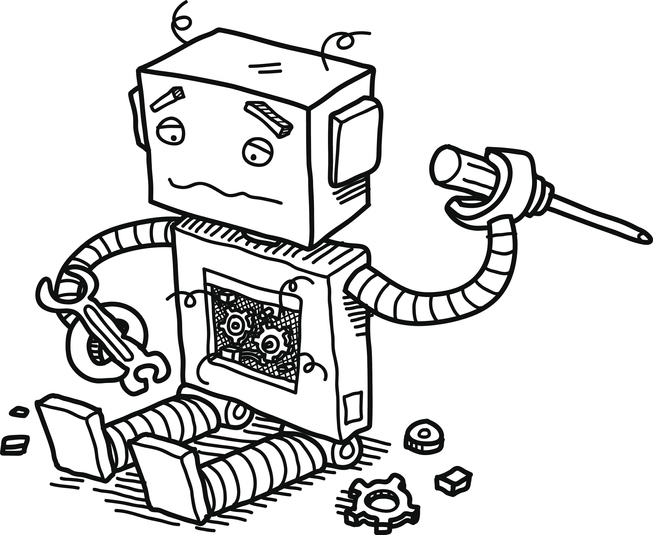Automation Uptime: The Key to Maximizing the Value of RPA
RPA programs are now well beyond the pilot stage, with organizations eager to do more with less. If anything, the pandemic has accelerated and amplified the intent to automate to combat the operational challenges and shifting economic climate.
Despite eager intentions, the reality is that organizations are still unable to scale their digital workforces across the enterprise because they’re too busy fighting fires. Bots keep breaking down, creating a heavy burden in the form of the RPA maintenance and support needed to service malfunctioning automations.
Most importantly, the heavy burden of RPA maintenance and support is also driving down the business value that RPA is supposed to produce, causing automation projects to miss delivering on their objectives.
For automation at the enterprise-scale to be more than just a pipe dream and realize the maximum business value of your automations, there is one key metric that has to be monitored, prioritized, and continuously improved; that metric is Automation Uptime.
Learn more: The 7 Hidden Risks of Automation Design
What is Automation Uptime?
Automation Uptime – also known as bot availability – is the percentage of time your automated processes are available to be executed.
All bots or automated processes start with a maximum of 100% Automation Uptime. As they’re pulled out of production because they’ve thrown errors or broken and need maintenance to be fixed, uptime starts to go down.
Why Automation Uptime is So Critical to Maximizing the Business Value of Your RPA Processes
Less than favourable Automation Uptime directly correlates with an RPA program’s failure to deliver on its objectives.
The rush and premature celebrations of implementing RPA have left automation initiatives across industries fighting an uphill battle: poor design, governance, development, and change management practices have produced a sizeable burden of RPA maintenance and support that teams weren’t equipped or prepared to manage.
The reality is that bots are constantly breaking, leading to damaging low levels of Automation Uptime, which eats away at the business value and returns that RPA was sold on.
RPA downtime is one of the fundamental causes of RPA programs failing to deliver on their objectives; the primary of those objectives is producing the return on investment the initiative’s sponsors were briefed on.
Therefore, focusing on maximizing Automation Uptime emphasizes keeping bots resilient and in production. This, in turn, mitigates downtime and maximizes the business value those automated processes deliver.
How to Track and Calculate Automation Uptime
Automation Uptime is relatively simple to calculate. It’s the total amount of time an automated process is available to be utilized and executed. As soon as that bot breaks and needs maintenance and support, the time it’s unavailable is subtracted from the total time and represented as a percentage.

The standard average of Automation Uptime we’ve observed is 92%. That means a single bot is unavailable for roughly 29 days a year because it has broken or thrown errors and been unable to execute. 29 days is the total duration it’s been subject to investigation, reconfiguration, testing, and redeployment every time it’s broken.
In terms of how that translates to business value lost, 92% of Automation Uptime means that $20,000 worth of business value was lost while that singular bot was unavailable. For one bot, that’s a significant but not massive hit. For a more realistic digital workforce of 100 bots, on the other hand, 92% of Automation Uptime means $2 million in lost business value.
How to Track and Improve Automation Uptime with Blueprint
The impact Automation Uptime has on the expected business value delivered from your digital workforce is clear. The key to maximizing that business value by improving the Automation Uptime of your bots is implementing the mechanisms that give you the visibility and control needed to monitor this KPI and improve it.
There no other option on the market that allows you to track and improve Automation Uptime like Blueprint’s Enterprise Automation Suite.
Blueprint delivers the executive-level, end-to-end visibility and control RPA programs need to for effective automation governance, planning, and change management to increase Automation Uptime and maximize the business value of your automations. Blueprint’s Enterprise Reporting and Analytics provides the dashboards that prioritize maximum value delivery, including ROI and status so that you can track the continuous improvement of your Automation Uptime.
It’s also these dashboards and analytics capabilities that enable proactive change management through instantaneous impact analysis that allows you to visualize the impact of change and coordinate all proactive measures to minimize RPA downtime and bot outages.
In our on-demand webinar, The RPA Metrics You Should be Tracking to Drive ROI, we speak to the crucial metrics your automation programs need to start monitoring—like Automation Uptime—to limit RPA maintenance and support and maximize the business value delivered from your digital workforce.
Watch our on-demand recording to see how you can start tracking Automation Uptime and improve your RPA ROI.
Share this
Recent Stories

RPA ROI: 10 Metrics and KPIs to Drive Automation Success

INFOGRAPHIC: 10 Metrics You Should be Tracking to Drive RPA Success




